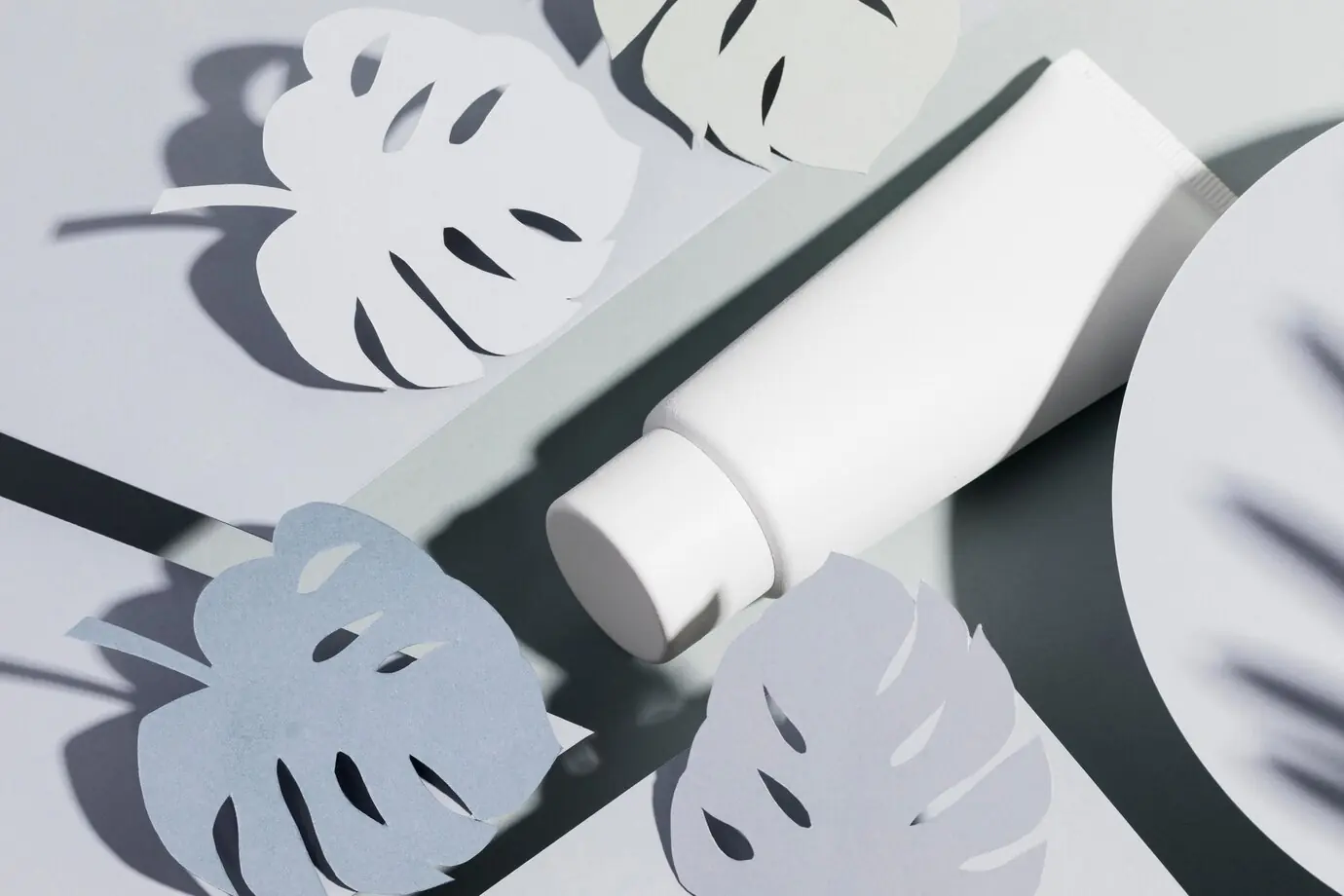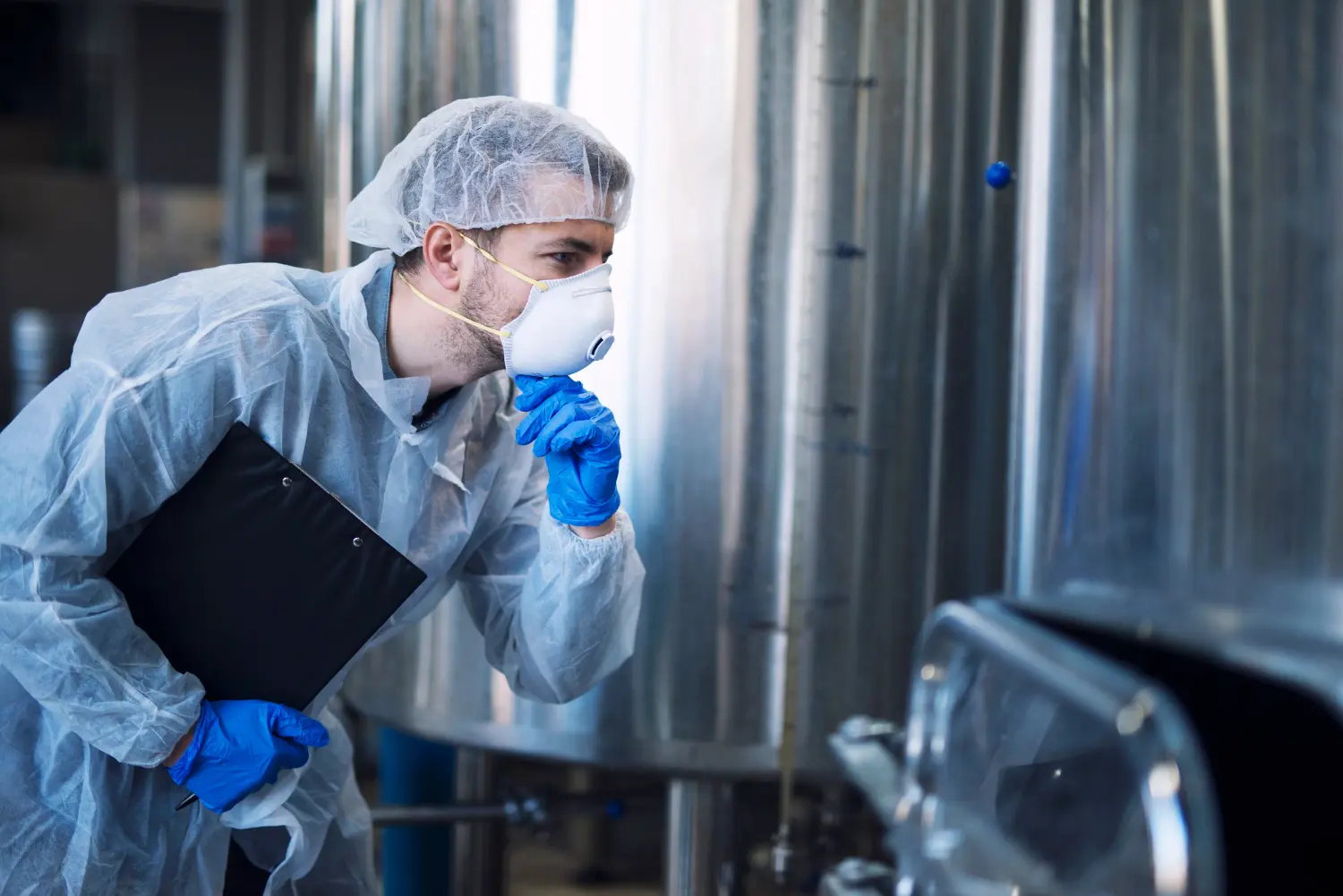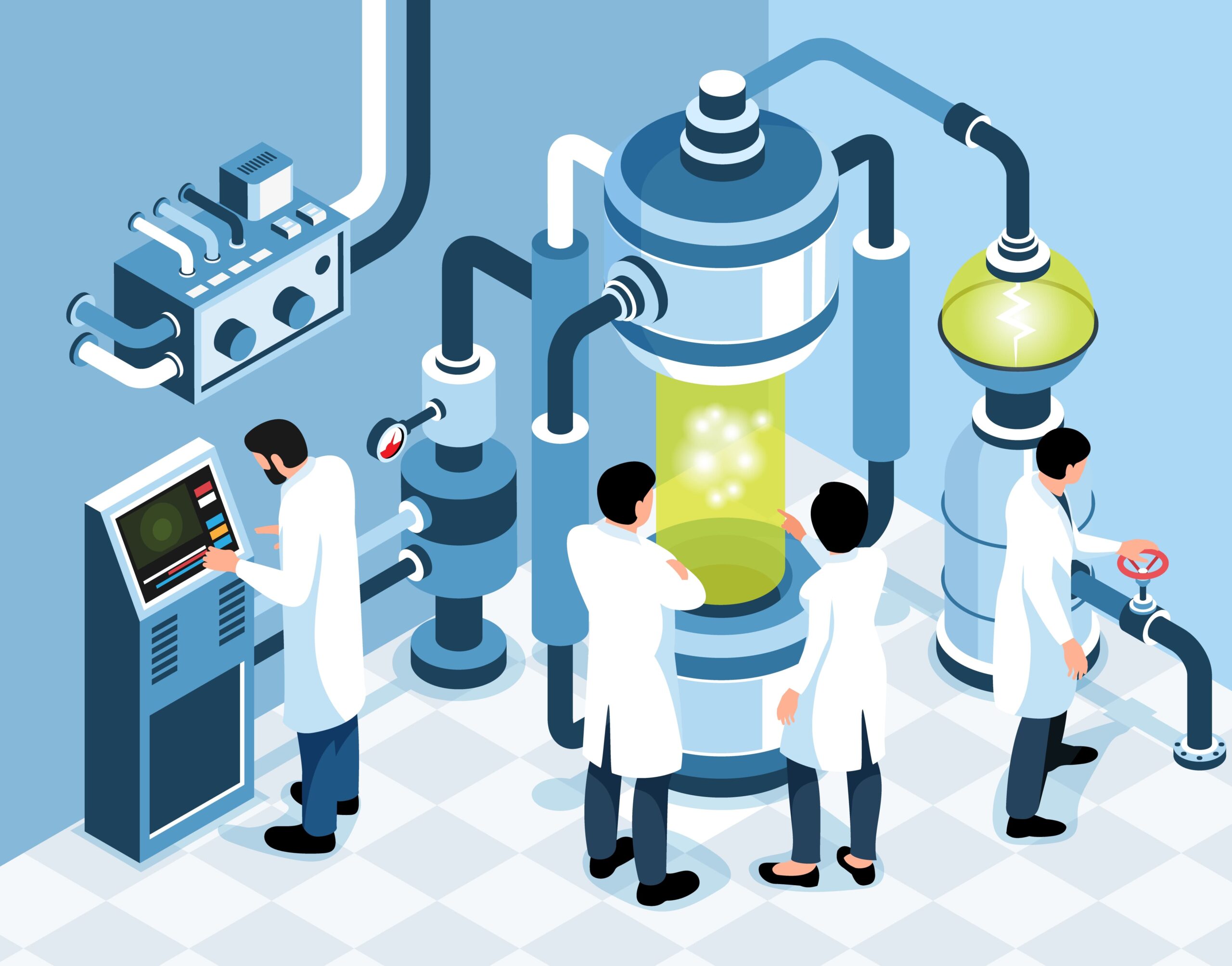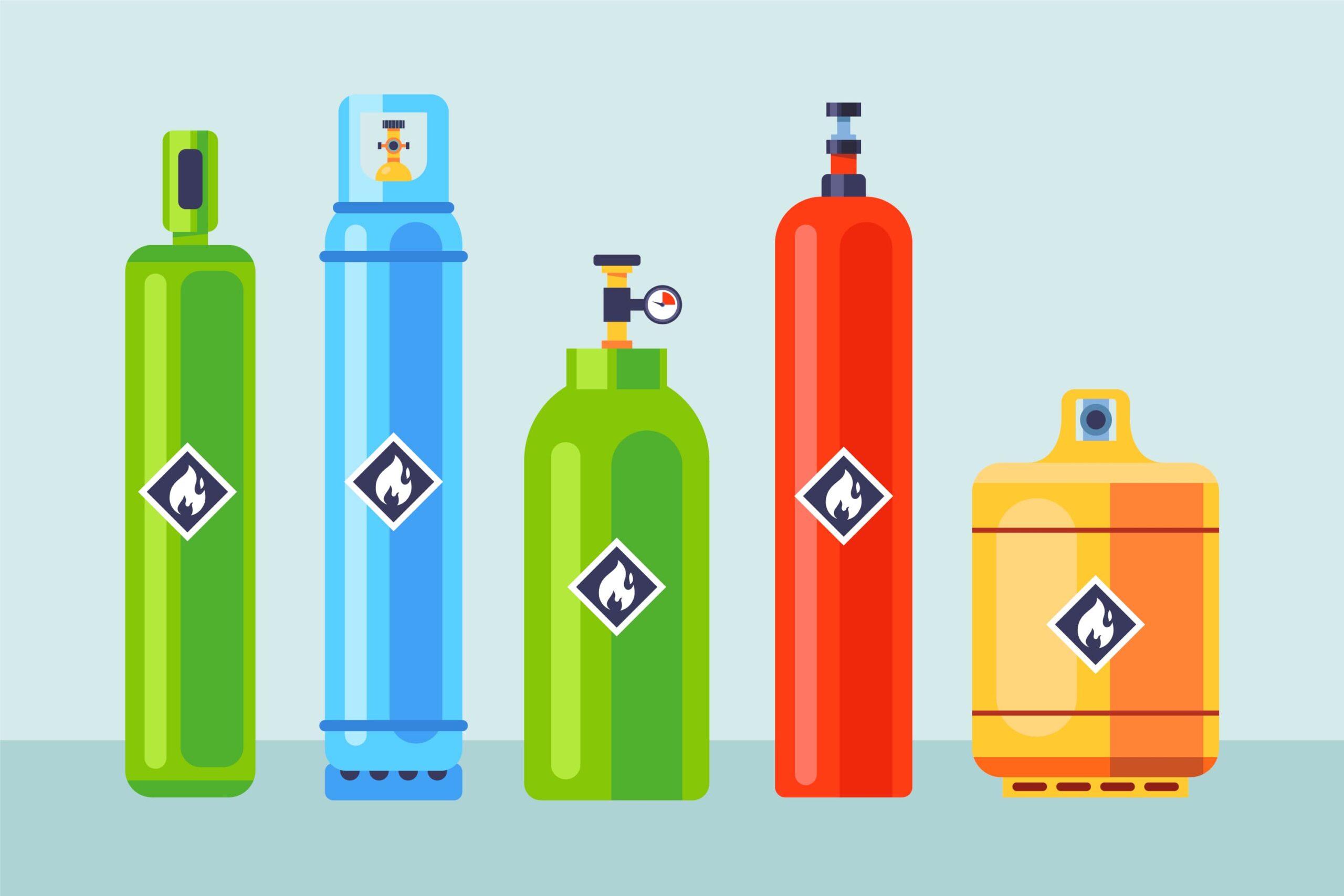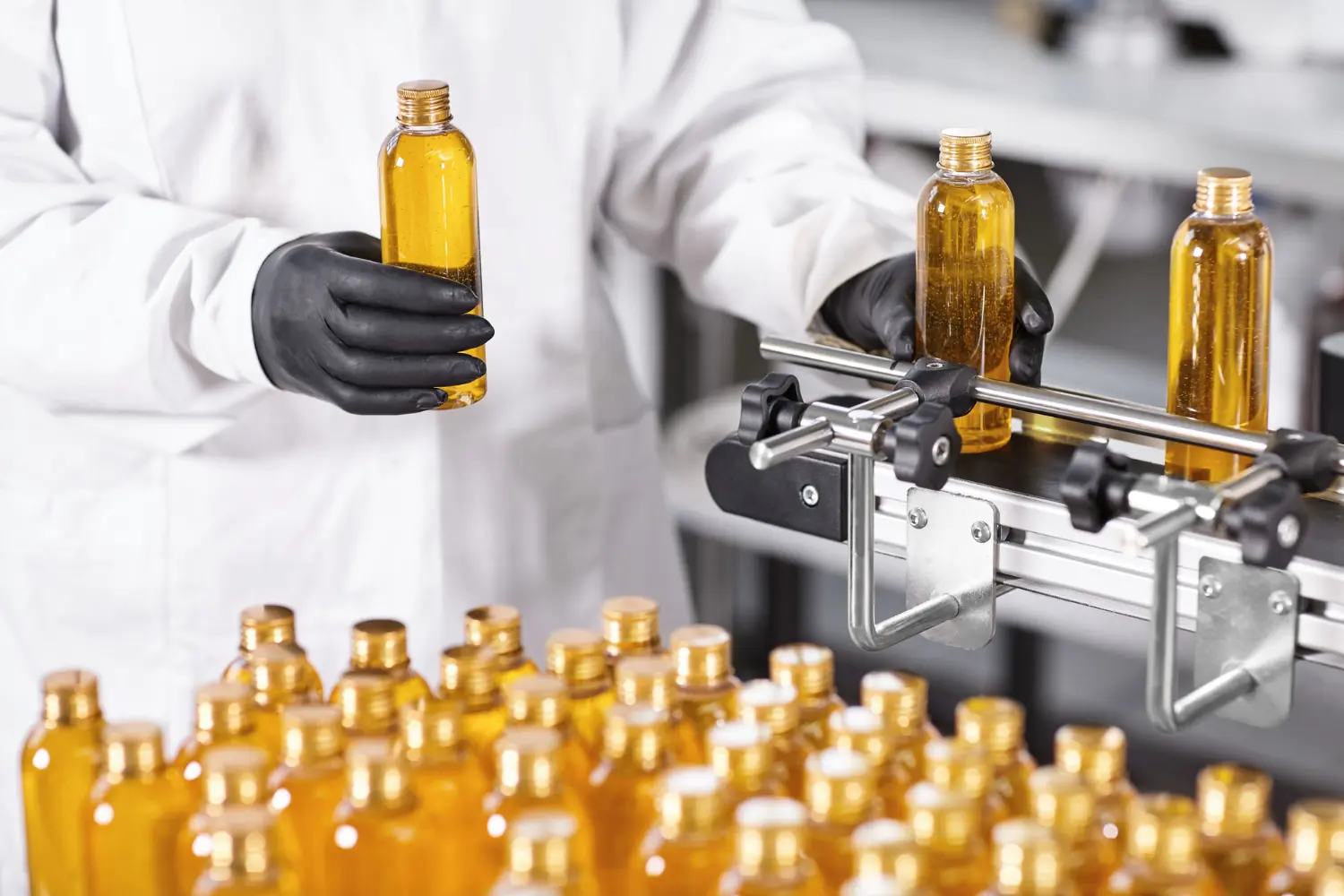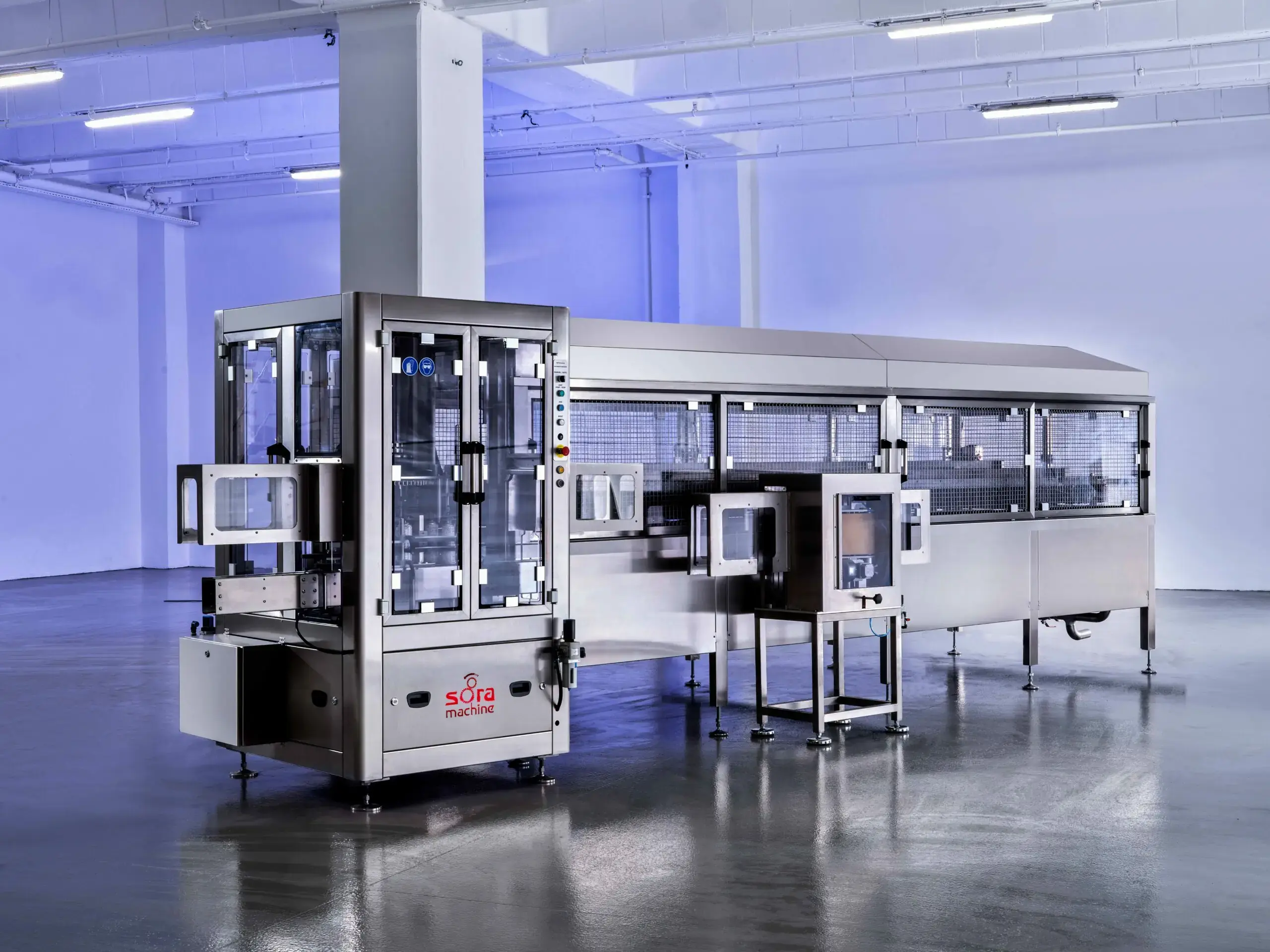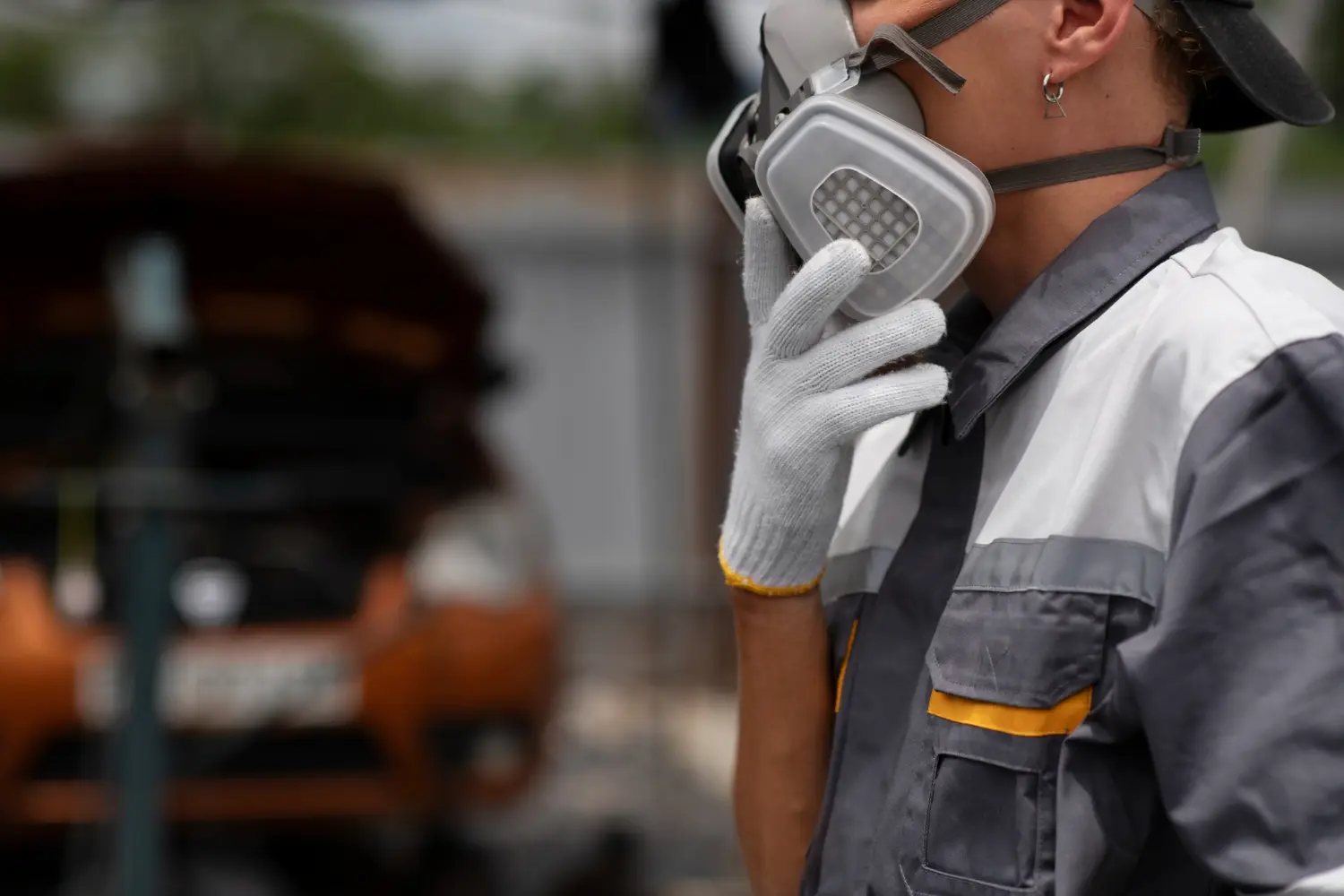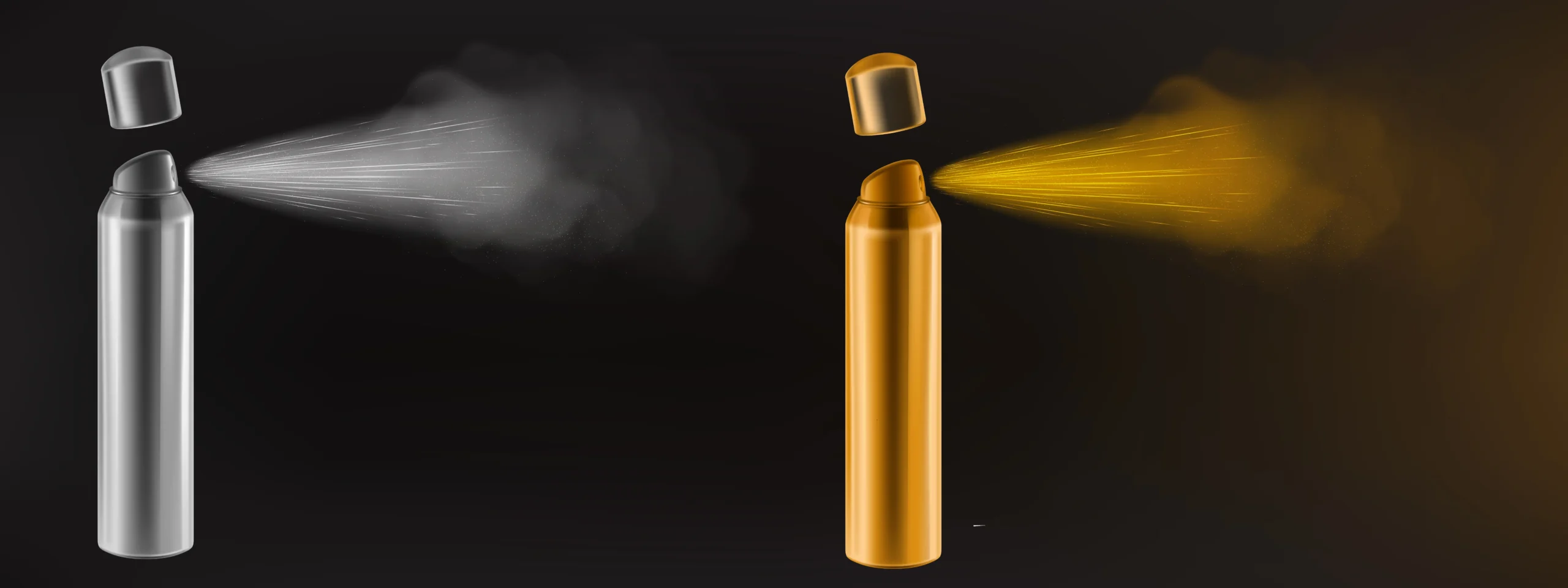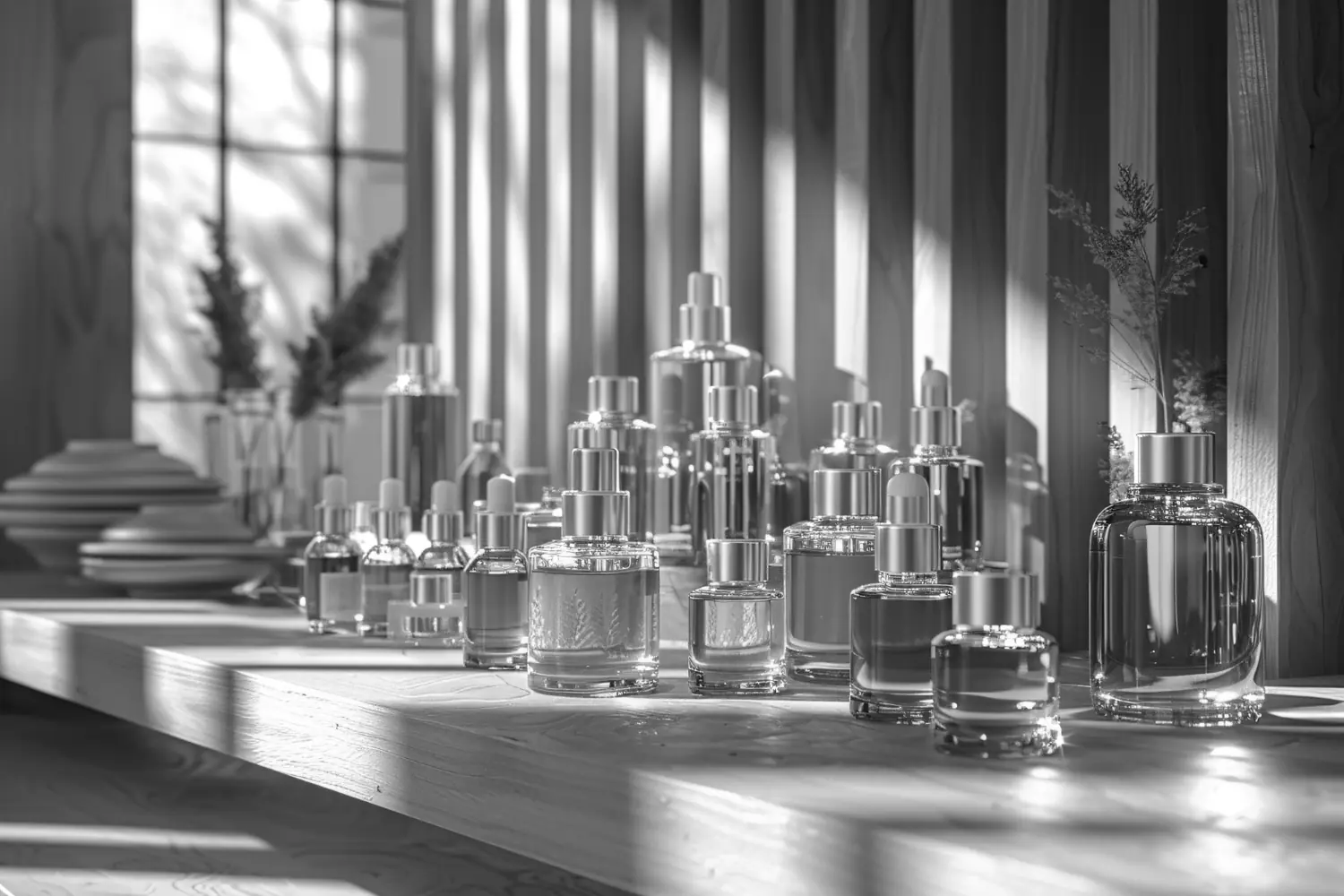Cosmetic creams require proper packaging to ensure their quality, longevity, and hygiene. Airtight packaging plays a crucial role in maintaining the freshness of cosmetic products, especially creams, by protecting them from contamination and air exposure. With the ever-increasing demand for high-quality cosmetic products, the importance of airtight packaging and effective filling techniques cannot be overstated. In this guide, we’ll explore the various methods and machines involved in airtight packaging for cosmetic creams, focusing on their ability to extend shelf life, maintain hygiene, and prevent contamination.
Why Should Cosmetic Creams Be Packaged Airtight?
Cosmetic creams are sensitive products that can degrade when exposed to air, moisture, or bacteria. Packaging plays a pivotal role in preserving the quality and effectiveness of the product, and airtight packaging is an essential element in this process. The main reason for airtight packaging is to protect the product from oxygen and contaminants. Exposure to air can cause oxidation, leading to the deterioration of active ingredients in creams, such as vitamins and antioxidants. In some cases, exposure to air can also lead to the growth of bacteria and fungi, which can compromise the safety of the product.
Airtight packaging ensures that cosmetic creams remain uncontaminated and fresh for a longer period. It also protects the texture, fragrance, and overall integrity of the product, providing the consumer with a high-quality cosmetic experience. The benefits of airtight packaging are especially crucial in the cosmetic industry, where product quality is everything, and consumer satisfaction is directly linked to the performance of the product.
How Does Airtight Filling Prevent the Degradation of Cream Formulations?
Airtight filling is the process of sealing cosmetic creams in containers in such a way that no air can enter. This technique helps to prevent the exposure of the cream to oxygen, which is one of the primary causes of degradation. Many ingredients in cosmetic creams are highly sensitive to air, light, and temperature, and once exposed, they can lose their effectiveness or even become harmful to the skin.
By using airtight packaging, the product’s integrity is maintained. The packaging protects sensitive ingredients from the harmful effects of oxygen, thus preserving their potency. This method also prevents contamination from external sources like dust, dirt, or bacteria. As a result, the cosmetic cream remains stable and safe to use for an extended period, contributing to a longer shelf life and improved customer satisfaction.
How Do Airless Packaging Systems Work?
Airless packaging systems are designed to minimize the exposure of a product to air during both the filling and usage stages. These systems use a vacuum or piston mechanism to create an airtight seal that prevents air from entering the container. As the consumer uses the product, the mechanism pushes the cream up from the bottom, ensuring that no air comes into contact with the product.
Airless packaging is particularly effective for cosmetic creams that contain active ingredients like retinol, vitamin C, or peptides. These ingredients can degrade quickly when exposed to oxygen, so airless systems provide an optimal solution by keeping the product sealed and uncontaminated. Moreover, airless systems allow consumers to use every last bit of product, reducing waste and improving the overall customer experience.
How Is the Filling Process Under Vacuum Performed?
The filling process under vacuum is one of the most efficient ways to achieve airtight packaging. In this method, the cream is filled into the container while a vacuum is created to remove the air from both the packaging and the cream itself. This process helps to eliminate air bubbles, which can compromise the quality and appearance of the product.
Once the vacuum is established, the cream is filled into the container, and the sealing process begins. The vacuum ensures that the container is completely free of air before it is sealed, preventing any oxygen from coming into contact with the product. After sealing, the product remains in a completely airtight environment, ensuring its longevity and stability.
Vacuum filling is ideal for cosmetic creams, as it guarantees that the product is free from contaminants and air, maintaining its quality and extending its shelf life.
Which Filling Machines Are Suitable for Airtight Packaging?
When it comes to airtight packaging for cosmetic creams, selecting the right filling machine is essential. Several machines are specifically designed to handle the delicate nature of cream filling while ensuring an airtight seal. Here are some filling machines that are suitable for this process:
- Vacuum Filling Machines: These machines are designed to fill products under a vacuum, ensuring that no air comes into contact with the cream. Vacuum filling machines are ideal for products that need to be kept free from oxygen, such as cosmetic creams containing sensitive ingredients.
- Airless Filling Machines: Airless machines are specifically designed for airtight packaging. They work by using a vacuum or piston system that prevents air from entering the container. These machines are highly effective in maintaining the integrity of cosmetic creams.
- Piston Filling Machines: Piston fillers are commonly used for filling thick liquids like creams and gels. These machines provide accurate filling and are ideal for products that require precise dosing and airtight packaging.
Choosing the right filling machine is crucial for maintaining product quality, and each of these machines has unique features that make them ideal for specific types of cosmetic creams.
What Measures Should Be Taken to Prevent Contamination in Cosmetic Filling?
Contamination prevention is a critical aspect of the cosmetic cream filling process. Any foreign particles, bacteria, or microorganisms can compromise the quality and safety of the product. To prevent contamination during the filling process, several measures should be implemented:
- Hygienic Filling Environments: The filling area should be kept clean and sterile. This includes regular cleaning of all equipment, containers, and filling machines to prevent the buildup of dirt or bacteria.
- Sealing Integrity: The sealing process should be thoroughly monitored to ensure that no air or contaminants enter the container after filling. Leak tests should be performed to ensure the airtight seal is intact.
- Operator Hygiene: Operators should wear gloves, masks, and other protective equipment to avoid contamination from human contact. They should also follow strict hygiene protocols to maintain a sterile environment.
- Use of Clean-In-Place (CIP) Systems: CIP systems help to clean the filling equipment without disassembling it, ensuring that the machines remain free from contaminants between production runs.
- Quality Control Testing: Routine testing should be conducted to ensure that the filled creams meet the required safety and quality standards. This can include microbial testing, viscosity tests, and packaging integrity checks.
What Are the Differences Between Airless Packaging and Classic Packaging?
The primary difference between airless packaging and classic packaging lies in the way air is managed within the container. Classic packaging typically allows air to enter the container, which can lead to oxidation, contamination, and degradation of the product. In contrast, airless packaging eliminates the risk of air exposure by using vacuum or piston mechanisms to keep the product sealed.
Airless packaging provides several benefits over classic packaging:
- Longer Shelf Life: Since no air enters the container, the product remains stable for a longer period.
- Prevention of Contamination: The airtight seal reduces the risk of contamination from external sources.
- Improved Product Integrity: The product remains fresh and potent, preserving the effectiveness of sensitive ingredients.
- Reduced Waste: Airless packaging allows for the complete use of the product, as there is no need for the consumer to worry about wasting the cream at the bottom of the container.
How Do Airtight Filling Systems Affect Shelf Life?
Airtight filling systems significantly extend the shelf life of cosmetic creams. By preventing air from entering the container, the risk of oxidation and bacterial growth is reduced. This ensures that the product remains stable and safe for longer, without losing its quality or effectiveness. Airtight systems help to preserve the active ingredients in the cream, such as vitamins, peptides, and antioxidants, ensuring that they retain their beneficial properties throughout the product’s lifespan.
What Are the Sealing Tests Used in the Filling Process?
Sealing tests are conducted to verify that the packaging is airtight and that the cream is protected from contaminants. Some common sealing tests include:
- Leak Detection: This test involves checking for any leaks in the packaging to ensure that no air or contaminants can enter.
- Burst Testing: Burst testing involves pressurizing the container to see if it can withstand the internal pressure without leaking or bursting.
- Vacuum Integrity Test: This test checks the vacuum seal to ensure that the product remains airtight and that no air enters the container.
Does Airtight Packaging Offer Advantages in Terms of Sustainability?
Yes, airtight packaging can offer several sustainability benefits. By ensuring that products remain fresh for longer periods, manufacturers can reduce the amount of waste generated from expired or degraded products. Additionally, airless packaging often uses fewer materials and is more efficient in terms of product preservation, reducing the need for preservatives or chemicals. This not only helps to protect the environment but also improves the overall sustainability of the cosmetic industry.
Airtight packaging for cosmetic creams is not just a trend—it’s a necessity for ensuring product quality, safety, and longevity. By choosing the right filling techniques and packaging systems, manufacturers can create products that meet the highest standards of hygiene and consumer satisfaction.
